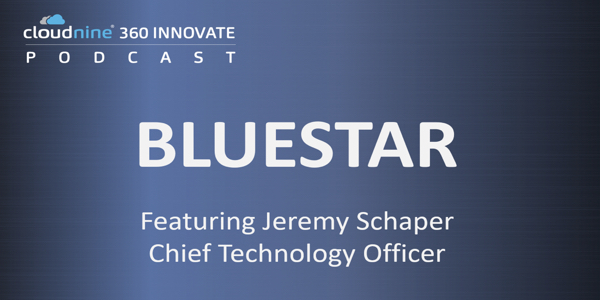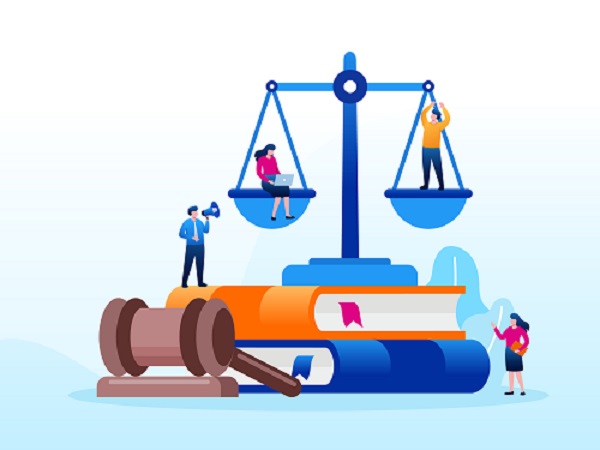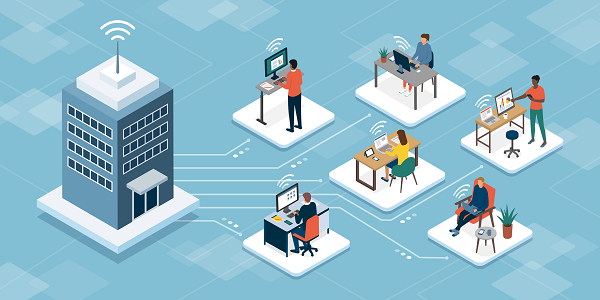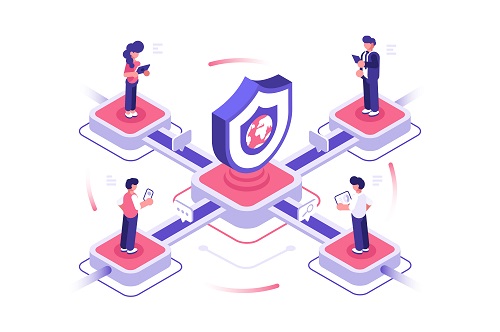7 Hidden Costs of On-Premise Software
The well-documented benefits of moving to the Cloud include speed, security, and scale, but none may impact your business more than cost recovery. To help you analyze how you can enhance your bottom line, we’ve compiled this list of the hidden costs of on-premise software.
- Infrastructure – When an organization wants to run a platform within its own environment, there are infrastructure costs that the organization will incur up front, and some will continue over time. Keeping on top of suitable hardware is not only expensive but makes it difficult to scale. A SaaS model makes it easy for companies of all sizes to invest in new technology and expand capacity as needed.
- Equipment Constraints – The equipment an organization purchases, leases, or otherwise managers will age over time, and will have to be replaced. Sometimes the replacement will be because of failure related to age. Sometimes the replacement will be due to increasing needs around speed and horsepower for the equipment that is hosting the organization’s platform and data. Sometimes, the equipment you need is on backorder and you are at the mercy of availability. In contrast, there are no infrastructure costs for an organization using a Cloud environment like AWS; this becomes the Cloud provider’s responsibility.
- “Always On” – Another infrastructure challenge is that the equipment uses power and energy constantly. Even in highly virtualized environments, customers who want to host their own platforms must pay for the power consumption of computing and storage in their data center. The organization pays for that power whether people are using the platform or not. In a Cloud environment, costs are easier to manage because parts of the environment can be “spun down” and “spun up” depending on user demand, in real-time.
- Staffing – A team of highly skilled workers is necessary to maintain an on-premises application or platform. The infrastructure must be maintained physically, security designed and monitored, and you need to deploy and control the systems and networks that allow users and systems to communicate with each other. On top of these resources, staff who have deep technical knowledge of how the platform works behind the scenes may also be necessary.
- Database Administrators – Database administrators design and deploy the database that serves as the backbone of many platforms in eDiscovery. Databases such as SQL are often the domain of these administrators. In a Cloud environment, database administration is often provided by the organization offering the Cloud. An organization can still choose to employ its own DBA team, but there are options that can avoid this expense.
- Network and System Administrators – Network and system administrators control permissions to various systems, such as folders, servers, and individual workstations. In an on-premises setup, the network or system administrator must design user groups and assign people to those groups – or remove them if needed. In a Cloud-based scenario, this access is handled at the provider level for folder and machine access but can be managed by the organization within individual platforms or databases.
- Platform Specialists – Complex platforms can require specialists to operate them to maximize the return on what the platform can do for the organization. These specialists are in high demand, so they command a high salary. This adds to the people costs of an organization. In contrast, in a Cloud environment, platforms are designed to be easy to operate by everyday users, and the “power user” tasks are performed by the platform developers themselves, or by partner organizations that can provide this as a service. This keeps expensive employees off the books of organizations.
To read more about understanding and managing eDiscovery costs, click here.
To use our ESI cost budget calculator and help manage costs, click here.
Click here to schedule a free consultation on how you can quickly and effectively move to the Cloud and save money!




























